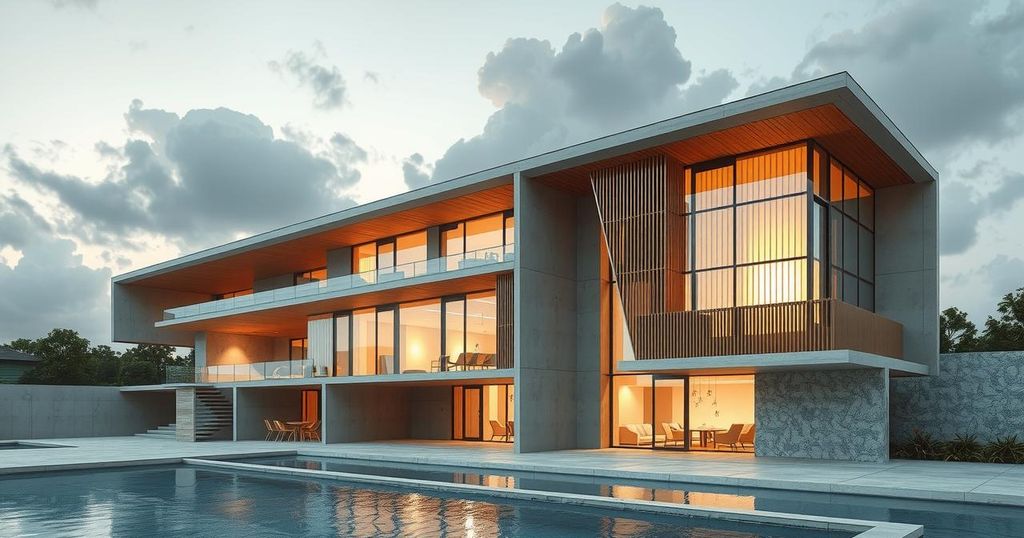Designing Climate-Resilient Housing for a Sustainable Future

This article addresses how to construct houses that withstand climate change and increasing natural disasters. It discusses initiatives to build affordable, sustainable homes and innovative architectural designs that enhance resilience. The need for a shift in current housing practices is urgent, given the vulnerability of many existing structures, especially for marginalized populations, as climate change intensifies extreme weather conditions.
Dear P. Smith, the challenge of designing houses and buildings that are resilient to climate change is indeed significant. With the increasing frequency of extreme weather events such as floods, wildfires, and heat waves, the U.S. housing market has encountered heightened volatility resulting in extensive damage worth billions of dollars. This threat is particularly acute for vulnerable populations residing in areas prone to climate-related hazards and in poorly constructed homes.
In response, the Climate-Resilient Housing Initiative aims to construct affordable and sustainable homes for 10 million individuals by 2030. Various model homes have been developed to showcase how housing can adapt to mitigate the effects of natural disasters. For instance, homes in flood-prone regions may be raised on stilts or designed to float, helping to combat the impending rise in water levels.
Furthermore, residences are being engineered to withstand rising temperatures and drought conditions. Innovations include reflective roofing, extensive green spaces, solar energy systems, and superior insulation. Architects are leveraging local resources and affordable methods to create homes that offer wind resistance, mobility in flood situations, and features for easy egress during fires. Such designs significantly amplify the safety and resilience of structures against natural threats.
To address these escalating dangers, the United Nations Intergovernmental Panel on Climate Change has published a framework outlining effective strategies for enhancing building resiliency. Additionally, organizations like Green Builder Media are actively researching and educating on climate-resilient housing developments. As natural disasters increasingly devalue homes, real estate professionals are being urged to adopt stringent climate-resiliency standards to maintain property marketability.
The overwhelming majority of existing U.S. housing was constructed before the advent of widespread climate threats, leaving millions of homes inadequately equipped to face forthcoming natural disasters. Though considerable progress is necessary, advances in technology, scientific understanding, and financial incentives provide a solid foundation upon which we can build more resilient communities.
The article discusses the urgent need for climate-resilient housing in the face of increasing climate change-induced natural disasters. It highlights the vulnerabilities of traditional housing, especially for marginalized communities, and introduces initiatives aimed at constructing sustainable, adaptable homes. These strategies involve innovative architectural designs and materials that can withstand extreme weather, showcasing a proactive response to a growing global crisis.
In summary, the construction of climate-resilient housing is imperative to safeguard communities against the adverse effects of climate change. Significant initiatives and innovations are already underway, but further efforts are needed to ensure existing homes are adequately prepared for future natural disasters. The integration of effective resilience strategies can lead to sustainable housing solutions that benefit broader society, particularly the most vulnerable.
Original Source: kiowacountypress.net







